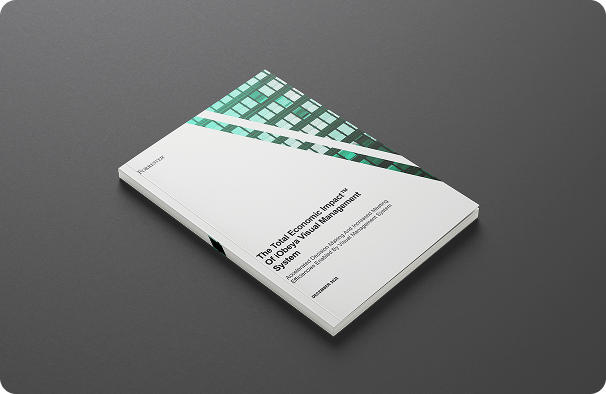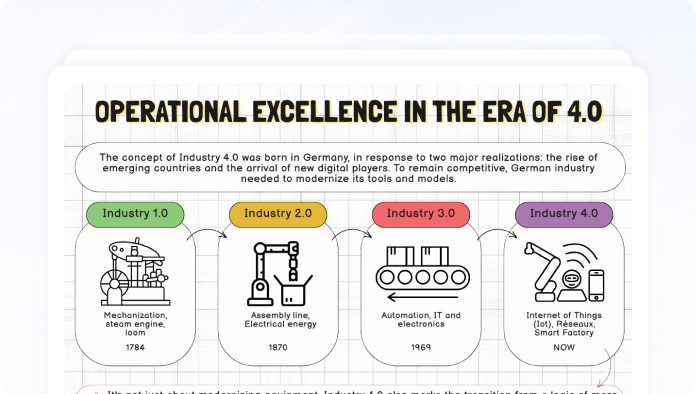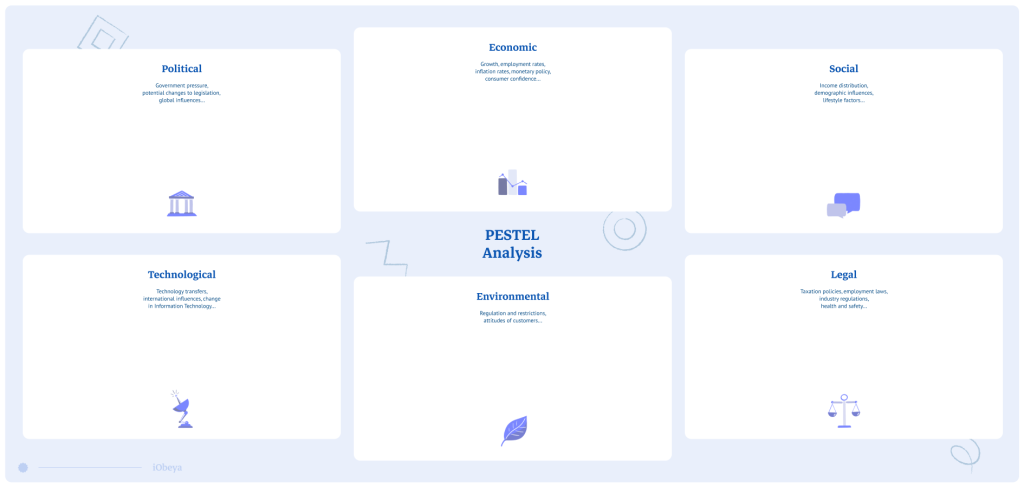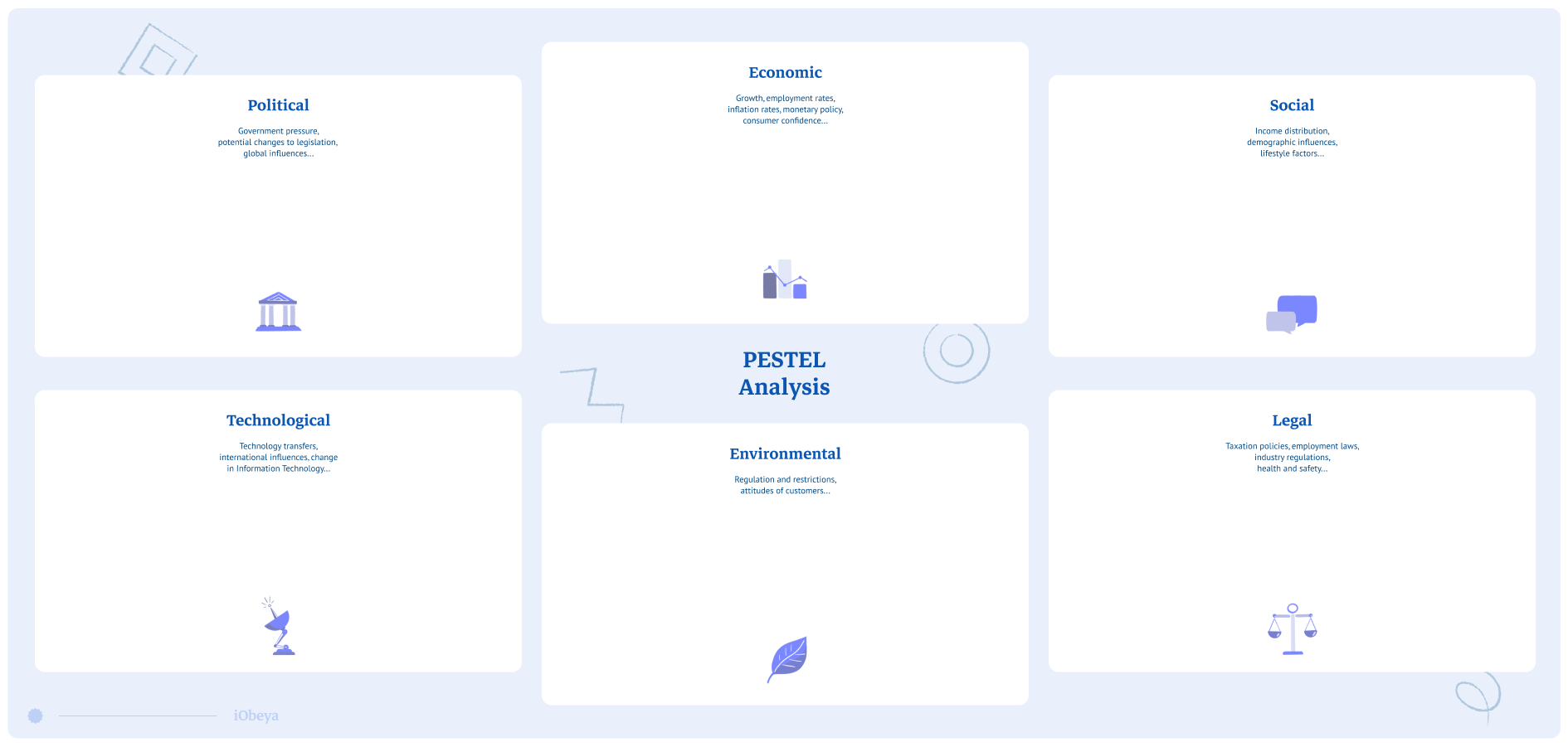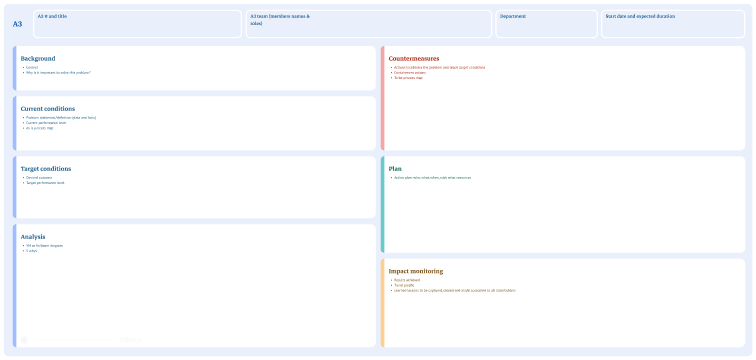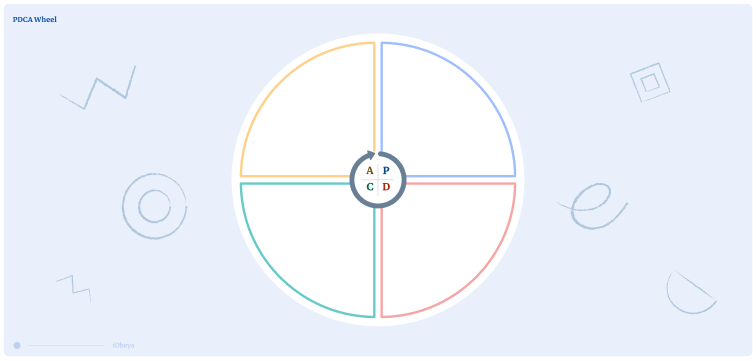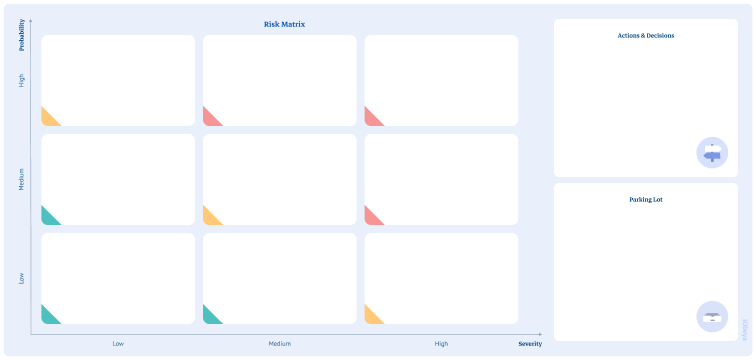What is a PESTEL?
PESTEL is a method of analysis that aims to assess the political, economic, social, technological, environmental and legal climate in which an activity or project will be developed. PESTEL stands for:
- Political
- Economic
- Sociological
- Technological
- Environmental
- Legal
This method consists in studying these 6 factors of external opportunities or threats around a subject/project. This analysis tool can be linked with a SWOT(Strengths, Weaknesses, Opportunities and Threats) as they both focus on external analysis concerning a project or a company. Once the analysis is done, you can define the areas of improvement.
Why is a PESTEL used?
A PESTEL is very effective when launching a company or a project. Indeed, this tool makes it possible to analyze all the elements that can impact a market, thus giving the possibility to exploit all the opportunities or to prepare for the threats. The problem-solving method offered by a PESTEL is interesting as it allows us to take into consideration factors that are not obvious to find.
Who uses a PESTEL?
All teams or companies seeking to develop a project can find an interest in the implementation of a PESTEL. Indeed, if you want to set up a phase of reflection and analysis of a project while taking into account a maximum of factors, then this tool will fit you and this, no matter the sector and department.
How to set up a PESTEL board in iObeya?
- Enter your room, then click Configure the room at the bottom right of the screen.
- Add a blank board to your room.
- Select the PESTEL background from the background catalog.
- Add in your tool dock a new set of Notes and renames them: Political, Economic, Sociological, Technological, Environmental, Legal
- Your board is now ready to be used.
Pro Tips on how to set up a PESTEL
To increase the efficiency of this analysis, you can deal with the factors from a specific geographical point of view (regional, local, national, international, etc.). In addition, for a better use of the tool, the elements highlighted should be the most pertinent to the project for which you are performing the analysis. Once the analysis is done, don’t forget to update it regularly in order to choose the best possible evolutions.

